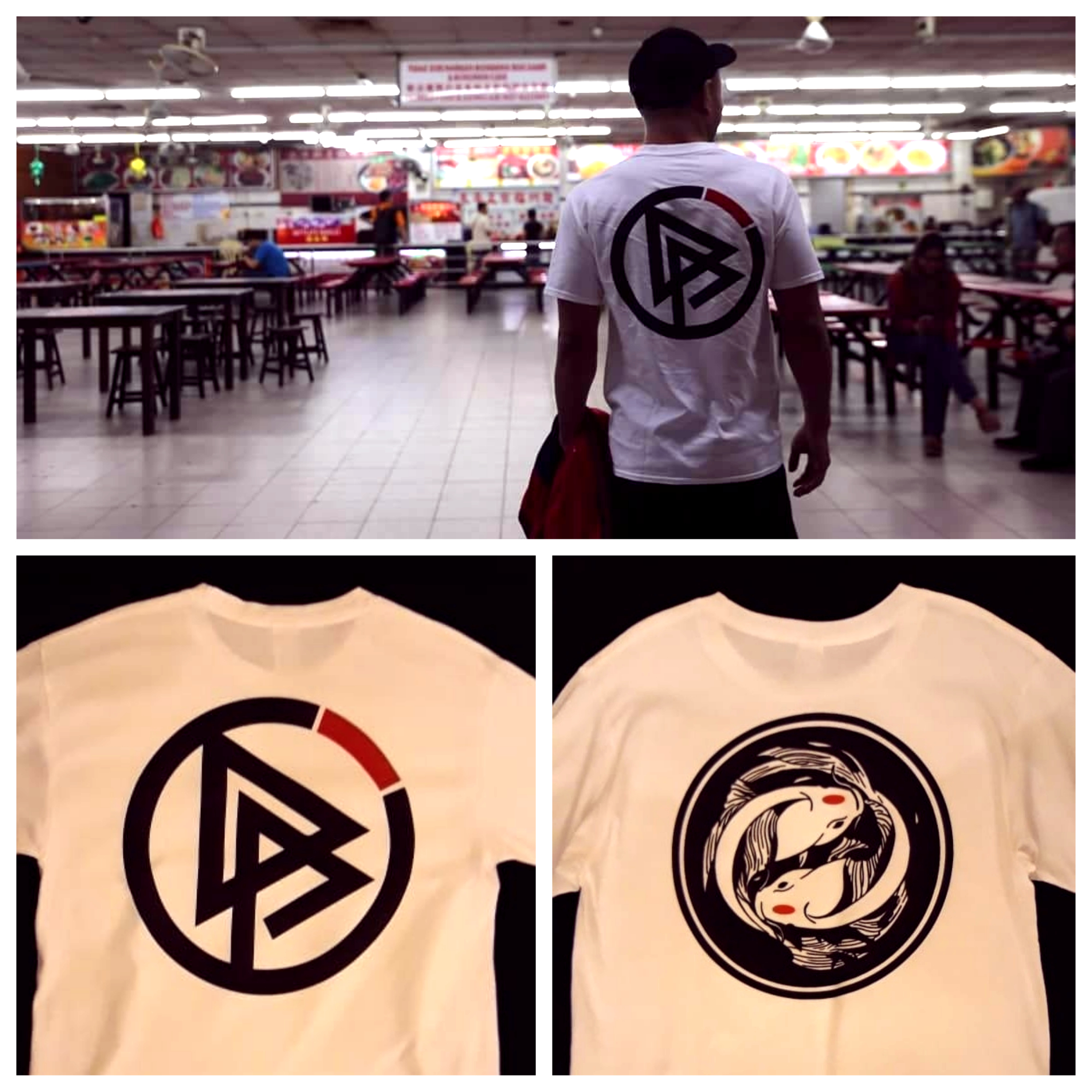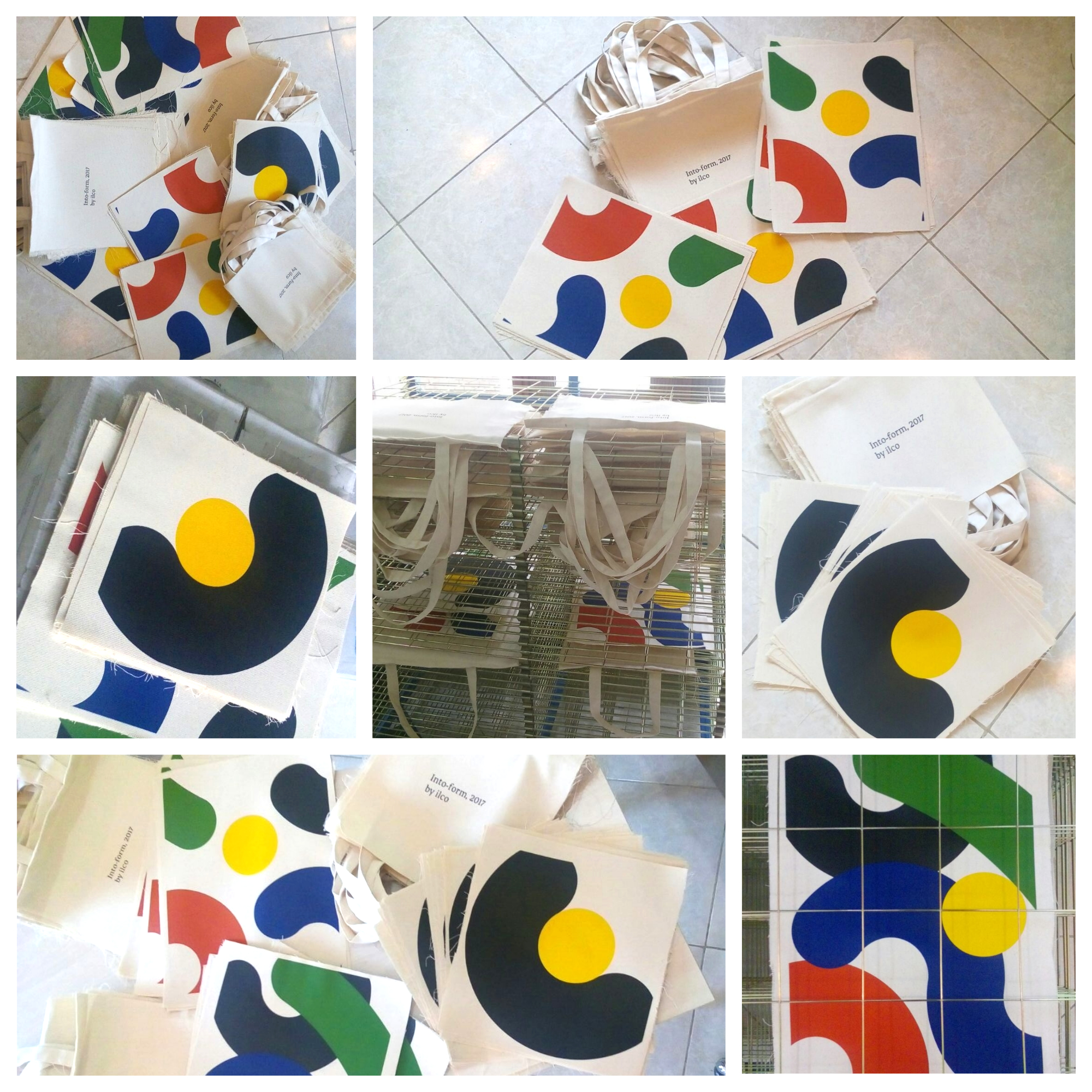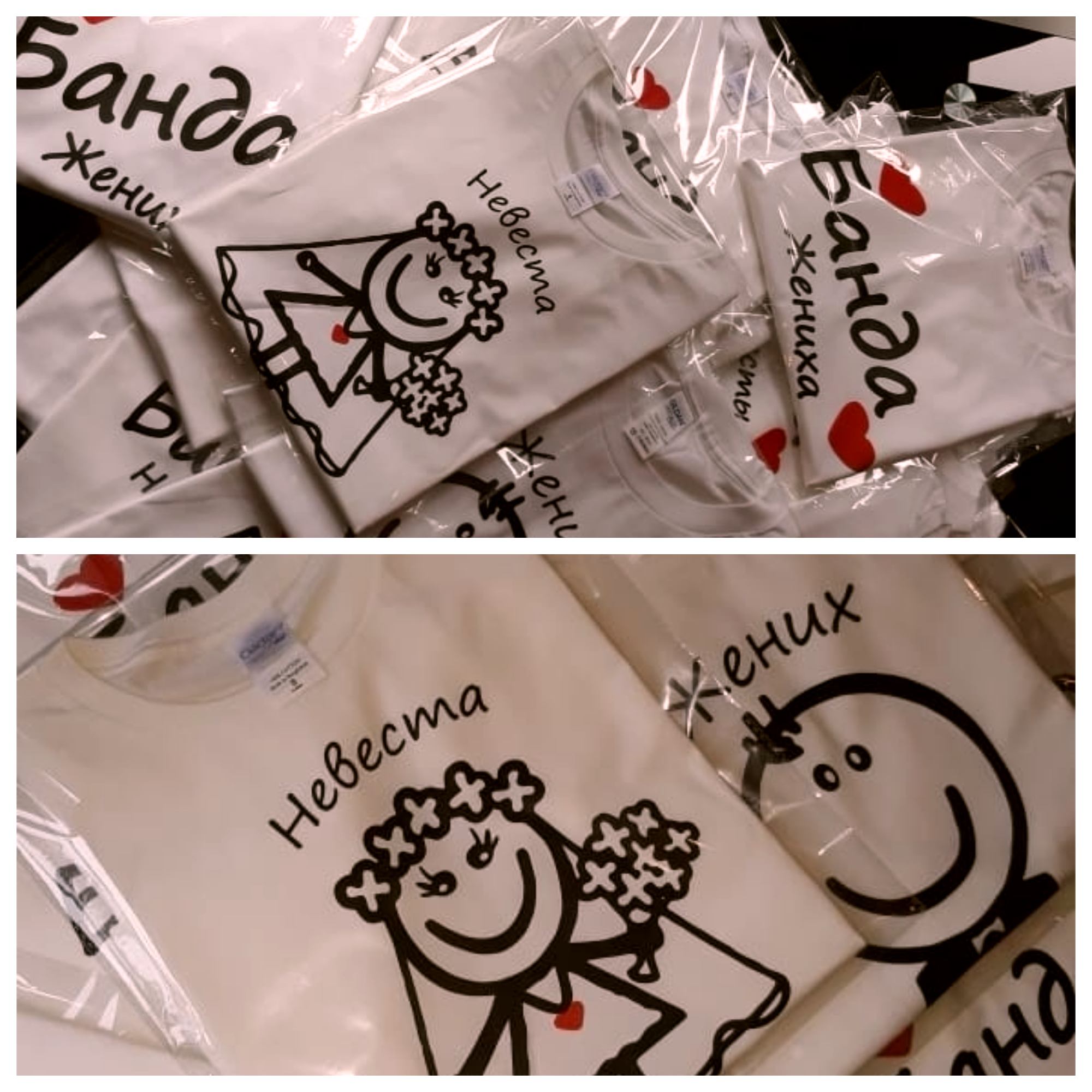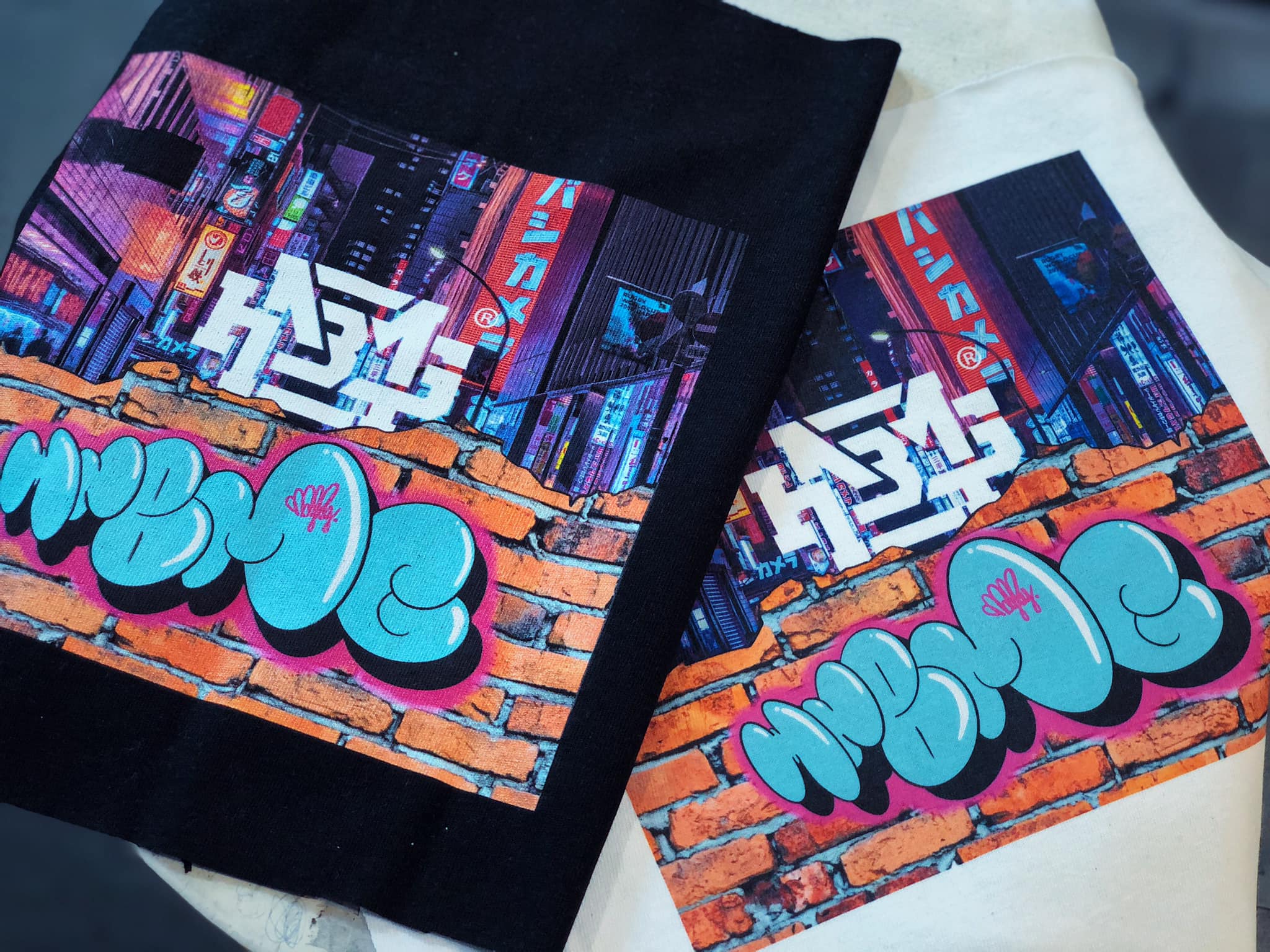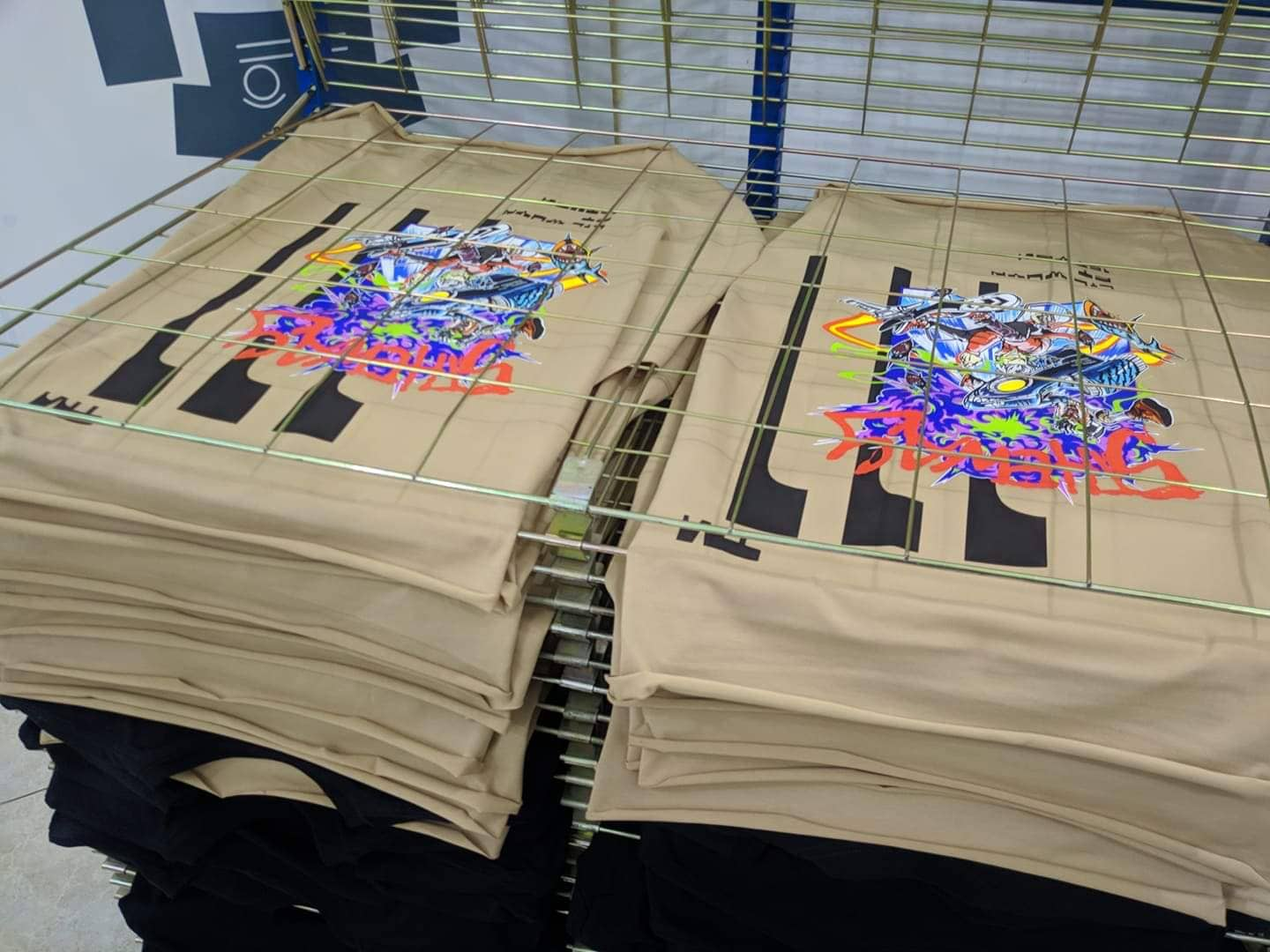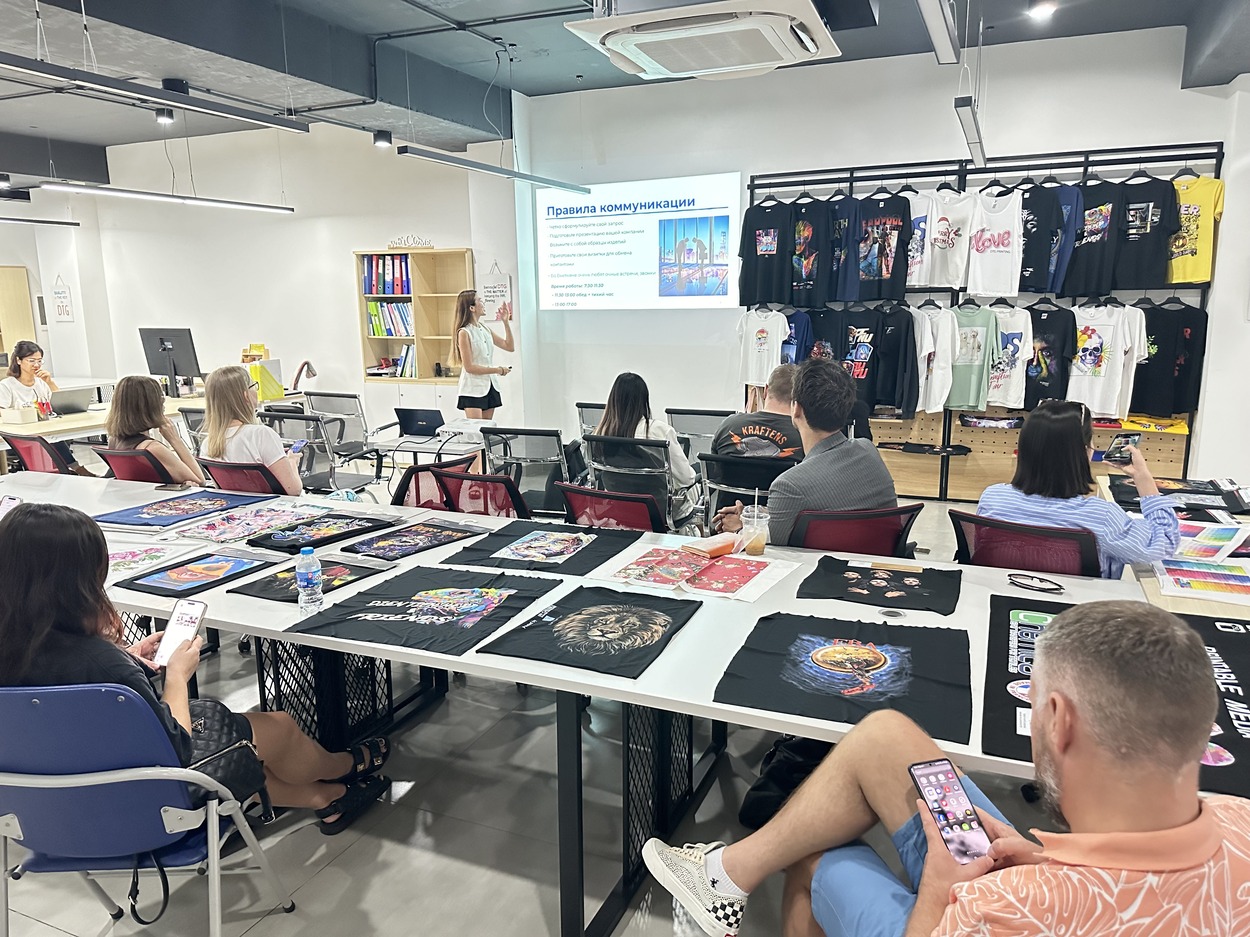Embarking on a custom apparel project for your business, event, or team is an exciting journey. There’s a thrill in seeing your unique design come to life on a t-shirt, hoodie, or polo. But before you get to that final product, a crucial first step is understanding the financial landscape of bulk garment printing. It’s more than just a simple price tag, the final cost is a combination of different factors, each playing a vital role. By taking the time to understand what drives these costs, you can create a smarter budget, avoid unexpected expenses, and ensure your project is a resounding success. This guide will walk you through the key elements that influence the cost of your next bulk garment printing order.
The Foundation: Order Volume
The single most significant factor in the cost of bulk garment printing is the quantity you order. This is a classic case of economies of scale. Simply put, the more garments you print, the lower the per-unit cost. Why is this the case?
Every printing job, regardless of size, has a certain amount of upfront “setup” work. This includes everything from preparing the design files to setting up the printing equipment, mixing inks, and creating screens for a specific project. For example, if you’re using screen printing (a popular method for large orders), each color in your design requires its own unique screen. The time and labor to create these screens are fixed costs. If you’re only printing 25 shirts, those setup costs are spread across a small number of items, making the per-unit price quite high. However, if you’re ordering 500 shirts, the same setup costs are now divided by a much larger number, dramatically reducing the per-item price. This is why a larger bulk garment printing order is always more cost-effective.
The Art and the Science: Design Complexity
Your design is the heart of your custom apparel, but its complexity directly impacts the final price of your bulk garment printing order. The intricacy of your artwork primarily affects the choice of printing method.
First is the number of colors. The more colors you have in your design, the more expensive the process becomes, especially with methods like screen printing. Each new color requires a new screen to be made and a separate layer to be printed. This adds to both the setup costs and the time it takes to produce each garment. A simple two-color design will be far less expensive than a complex eight-color logo for your bulk garment printing project.
And second is the intricacy and detail of the design. Designs with fine details, photographic gradients, or intricate shading are not well-suited for all printing methods. Such designs often require a switch to a more advanced, and potentially more expensive, technique, like Direct-to-Garment (DTG) printing. While DTG excels at reproducing complex, full-color images without the need for multiple screens, its per-unit cost can be higher, especially for very large orders. Understanding the limitations and strengths of each method is key to making the right choice for your garment printing cost.
The Canvas: Garment Type and Material
Not all blank garments are created equal, and the type of apparel you choose will directly impact your budget. High-quality brands with softer materials, better construction, or unique styles will naturally cost more than a standard cotton t-shirt. The material itself also plays a role in the garment printing cost, as different fabrics require different printing methods and inks.
For instance, screen printing works best on cotton and cotton-blend fabrics, while dye sublimation printing is a method that works exclusively on light-colored polyester. The choice of garment also affects the amount of ink used and the labor involved. Printing on a hoodie with a zipper, for example, is more time-consuming and challenging than printing on a flat T-shirt. These small details add up and contribute to the overall price of your bulk garment printing order.
Printing Method: The Engine of Your Project
The printing technique you select is one of the most critical factors determining the final cost. Each method has a unique set of pros, cons, and associated costs.
Printing Method
Pros
Cons
- Cost-effective for large-volume bulk garment printing
- Perfect for simple designs on large quantities
- Higher Cost For More Colors
- Less Suitable for Highly Complex Designs
- Fantastic option for small orders
- Suitable for designs with many colors and intricate details
- Cost per garment is very high
- Less economical for bulk garment printing orders
- Ideal for full-color, all-over prints on synthetic fabrics.
- Create a vibrant and permanent result
- Not suitable for every project course its material limitations
- Can be more expensive for custom apparel
- Offers a premium, textured look
- The cost is usually determined by the number of stitches in your design
- More expensive than printing
Screen Printing
DTG Printing
Dye Sublimation Printing
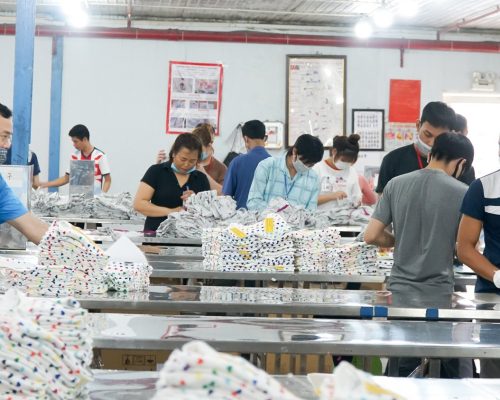
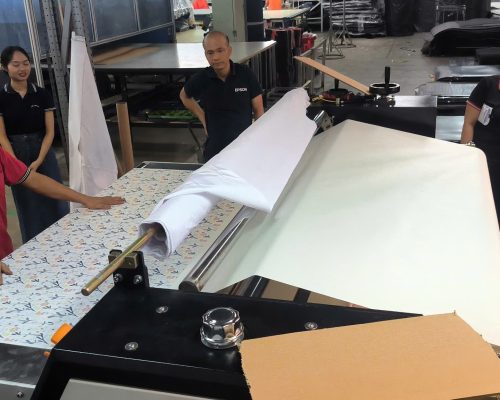
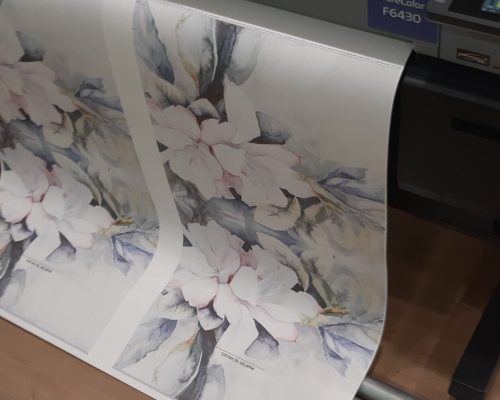
Putting It All Together: A Strategic Approach
To successfully budget for your bulk garment printing project, you need to think strategically. Don’t simply focus on the lowest initial quote. Instead, consider the big picture:
Assess your needs by answering these questions: How many units do you realistically need? Is this a one-time event, or are you looking to reorder in the future? Do you need a few dozen items, or are you stocking a store with hundreds of shirts?
Answering these questions will help you determine the optimal order size for your t-shirt printing budget.
If you’re working with a tight budget and don’t want to choose the lowest initial quote, simplifying your design can have a major impact. Reducing the number of colors or removing fine details can make screen printing a more viable and cost-effective option for your bulk garment printing.
After simplifying your design, you need to choose the right garment for your project. Opting for a standard, high-quality t-shirt can free up more of your budget for the printing itself. You can still achieve a professional look without splurging on premium, high-cost apparel.
Finally, you need to communicate with your printer. The best way to get an accurate estimate is to be clear about your needs. A reputable company will provide a detailed quote that breaks down the costs, helping you understand where your money is going. Don’t be afraid to ask questions about setup fees, reorder costs, and different pricing tiers for your bulk garment printing needs.
Conclusion
In conclusion, understanding the factors that drive the cost of bulk garment printing is essential for a successful project. From the sheer volume of your order to the complexity of your design and the choice of printing method, every decision you make has a financial implication. By approaching your project with a well-informed strategy, you can get stunning, high-quality custom apparel that fits perfectly within your budget, making your vision a reality without any surprises.
If you want to start a bulk garment printing order and still finding the reliable partner, check out In-Credible – they’ve helped dozens of brands launch and scale their bulk production orders, and our team is always happy to provide a pleasure process for your organization.
